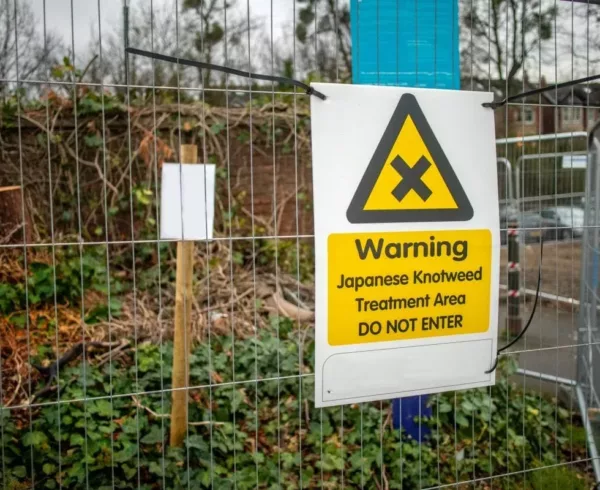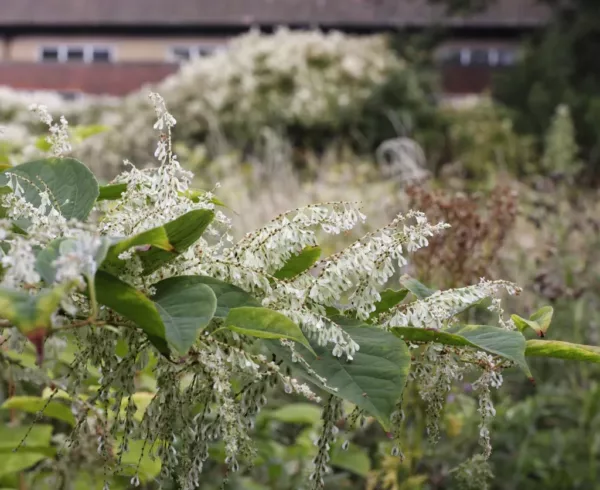In 2021, Mr Walker (name changed for privacy) purchased a property in London valued at over £650,000. The previous owner (the defendant) completed a TA6 form, claiming the property was free from Japanese Knotweed.
Trusting this declaration, Mr Walker proceeded with the purchase, assuming the property was knotweed-free. However, after moving in, experts confirmed that the plant had been growing on the property for some time – predating the completion of the TA6 form.
Having Japanese knotweed on your property is not illegal, however, allowing it to spread could leave you open to legal action. The potential for extensive damage – particularly if it infiltrates the property’s foundations through existing cracks – can make Japanese knotweed a costly problem for homeowners.
Japanese Knotweed in London
Japanese knotweed grows quickly and can easily spread. It can grow through barriers, including fences, vegetation, and potentially even concrete. It can cause significant and lasting damage, which can lead to huge decreases in value and attractiveness to buyers and mortgage providers alike.
The presence of the invasive species can be a concern no matter where it is found, however, can be particularly costly when found on high-value properties where a 5% decrease in value can mean a loss of tens of thousands of pounds. Due to this, Japanese knotweed is a significant problem in London, where green space is at a premium, and house prices are higher than in most other places around the country.
Knotweed Removal
Japanese knotweed removal can be expensive, but you can reclaim the cost of the treatment plan from a negligent party. Seeking legal assistance, Mr Walker contacted CEL Solicitors to address his knotweed issue.
Experts examined the property and confirmed that the knotweed infestation had been there for 1-2 years – long before the previous owner completed the TA6 form. Additionally, due to the severity of the infestation, the value of the property had dropped by more than £24,000.
The misrepresentation by the previous owner left Mr Walker in a difficult position: faced with either shelling out thousands of pounds to eradicate the plant or to face additional, more expensive consequences, further down the line.
Regarding the claim, Gavin Spruin, a trainee solicitor at CEL Solicitors said: “Misrepresentation occurs when a false statement of fact is made by/ on behalf of the representor that induces the representee to enter a contract and the representor intended the representee to be induced by the false statement of fact. In this case, the defendant’s assertion regarding the absence of Japanese knotweed constituted a false statement of fact which led Mr Walker to proceed with the property purchase under false pretences.”
As an agreement could not be reached between Mr Walker and the Defendant, the matter was taken to court. There it was deemed that the defendant misrepresented the state of the property. The defendant was ordered to pay over £30,000 for the cost of the removal plan, plus additional compensation.













